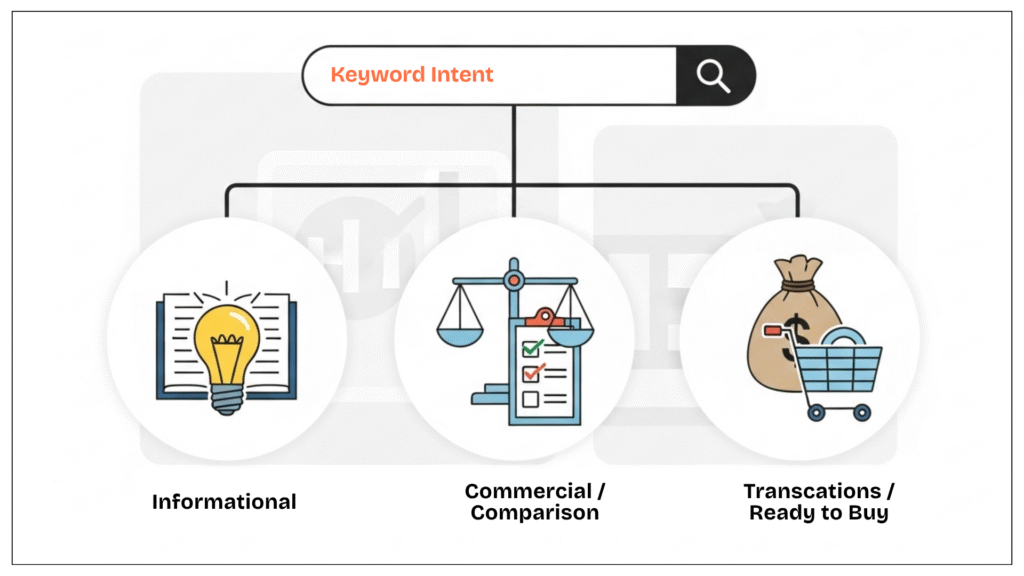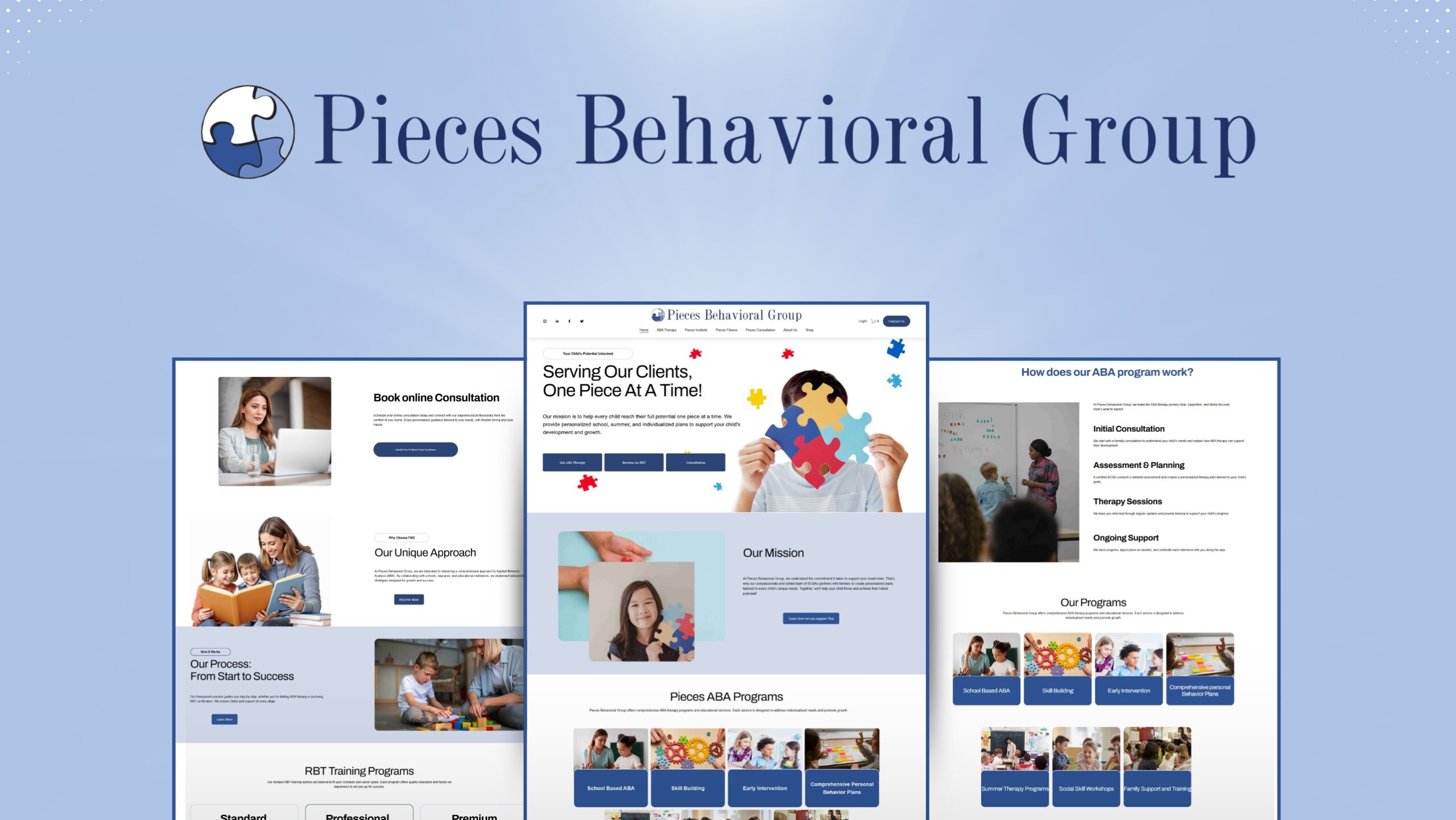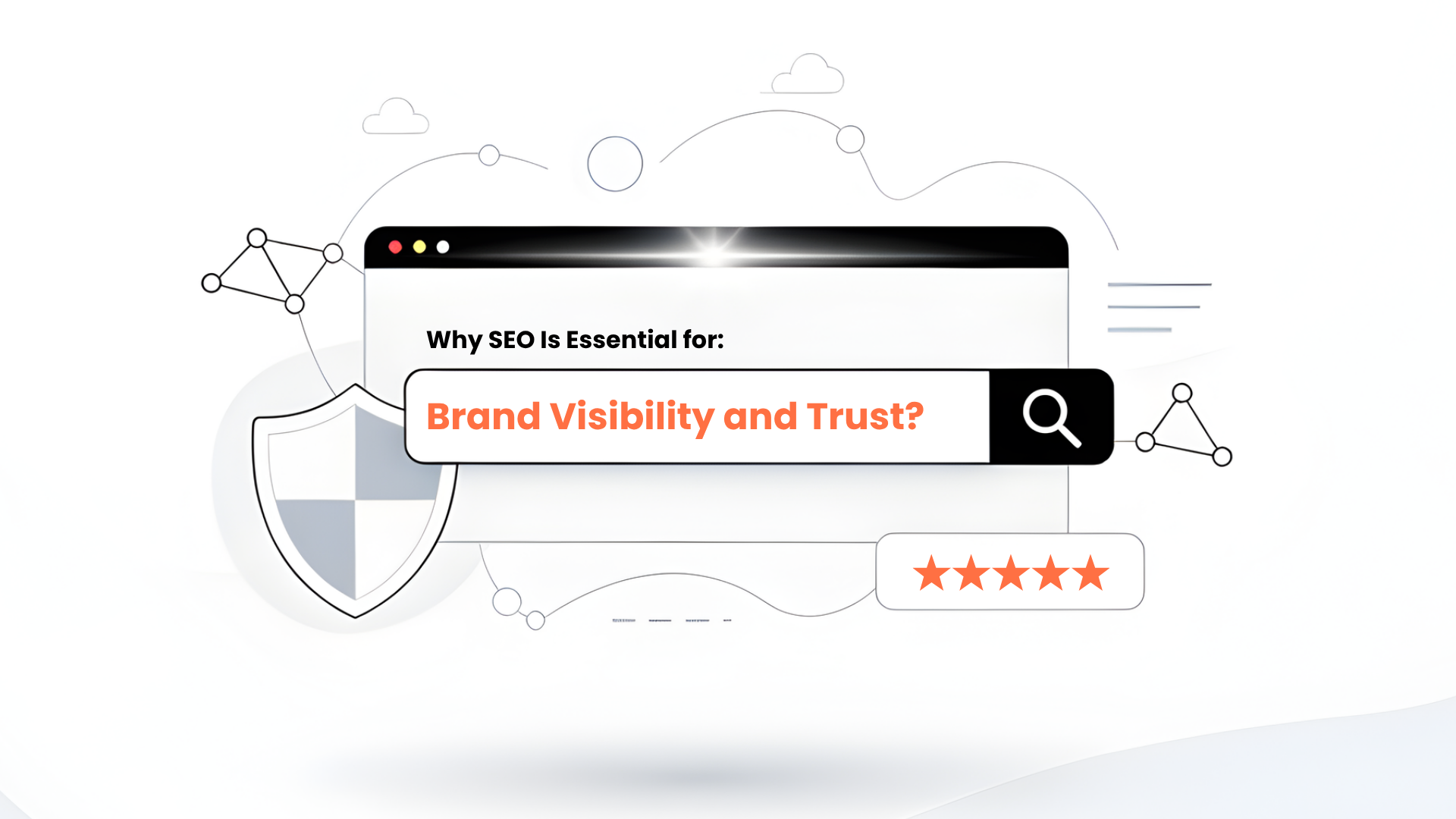SEO might feel like one of those complicated digital marketing buzzwords people throw around to sound smart, but the truth is much simpler: SEO is the process that decides whether your business gets found online or disappears in the noise. In 2025, search behavior has evolved dramatically. People rely on Google, Maps, AI assistants, and answer engines to make decisions faster than ever. Whether someone wants to fix a problem, compare services, or buy a product, the first step is almost always the same: they search. And if your website doesn’t show up in that moment, your competitor wins by default.
Most beginners get confused because SEO is often explained backward. You hear about algorithms, crawl budgets, backlinks, keywords, and technical jargon before you even understand the basic flow of how a search engine works. But SEO isn’t magic, and it’s not guesswork. At its core, SEO follows a predictable process: search engines crawl your site, understand your content, and rank the pages they believe are most helpful. Once you grasp this simple flow, the rest becomes logical and manageable.
What SEO Really Means?

SEO, or Search Engine Optimization, is the practice of improving your website so search engines like Google can discover it, understand it, and recommend it to people searching for related topics. At its core, SEO is built on three pillars: discoverability, relevance, and authority. Discoverability means search engines can find and crawl your website.
Relevance means your content matches what people are searching for. Authority means your website is trusted enough to be ranked above competitors. Once these three elements align, your website starts appearing higher in search results, bringing in consistent, high-intent visitors who are more likely to convert.
How Search Engines Actually Work?
Before you can do SEO, you need to understand how Google works. The process starts with crawling, where search engines send bots (called crawlers) to find pages across the internet. Next comes indexing, where Google reads the content of each page and stores it in its massive database.
Finally comes ranking, where Google decides which pages best match a specific search query based on relevance, quality, authority, and user experience. So the moment someone searches for something, Google scans its index and finds the most helpful pages, then ranks them in order of usefulness. SEO is simply aligning your content with what Google is looking for during this process.
Technical Foundations:
The first real phase of SEO happens behind the scenes. Even if you write the best content in the world, Google won’t rank it if it can’t access or understand your website properly. This is where technical SEO comes in. Beginners should focus on the basics: ensure your site loads quickly, works on mobile devices, uses HTTPS, and has clear navigation.
Avoid broken links, fix 404 errors, and make sure your pages are structured logically with proper URLs. Add schema markup where possible and create an XML sitemap so search engines know what to crawl. These technical foundations create the infrastructure that allows everything else, content, keywords, and authority, to actually work.
Keyword Intent

SEO always begins with understanding intent. Not every keyword represents the same type of user. Some people search for information (“how to repair a faucet”), others compare options (“best plumbers near me”), and others are ready to buy (“emergency plumber in Chicago”). This is called search intent, and matching it correctly is one of the biggest ranking factors.
Beginners should choose a handful of keywords based on what their audience searches for, then plan content around those queries. When your page closely matches the user’s intent, Google sees you as the ideal result, and your chances of ranking increase.
On-Page SEO: Optimizing What People See & Read
Once you know which keywords you’re targeting, the next step is optimizing your content. This is called on-page SEO, and it includes writing clear titles, using an H1 that matches the topic, and structuring your content with simple subheadings. Google prefers pages that are easy to read, helpful to the user, and organized logically.
Add your primary keyword naturally in the title, first paragraph, and headings where it fits, but don’t force it. Optimize your meta description, add alt text to images, and use internal links to help Google understand how your pages connect. On-page SEO is your chance to show search engines that your page is the best answer to the query.
Content That Ranks: Creating Helpful, Search-Focused Pages
If SEO were a building, content would be the structure holding it up. Google rewards content that solves problems, answers questions quickly, and gives users exactly what they came for. The key to ranking in 2025 is creating content that addresses the topic in-depth while remaining easy to understand. Start with a clear introduction, answer the core question immediately, and expand with details, examples, comparisons, and FAQs.
Your goal is to provide more value, more clarity, and more relevance than any competing page. This is how your pages become the preferred choice for both users and search engines.
Authority Building: Backlinks, Mentions & Trust Signals
Even if your content is excellent, you still need authority to rank. Authority comes from backlinks, links from other websites pointing to your content. Google sees these links as votes of confidence. If trusted websites mention or link to you, Google assumes your content is reliable and boosts your ranking. Beginners can build authority through guest posting, local citations, business directory listings, partnerships, mentions, and high-quality content that people want to share.
Authority also includes trust signals like reviews, author bios, case studies, and brand consistency. Together, these signals help Google see your site as credible and worthy of higher visibility.
AEO: Ranking in AI Assistants & Zero-Click Results
SEO has evolved. With AI assistants like ChatGPT, Gemini, and Perplexity answering questions directly, ranking is no longer only about blue links. This is where AEO (Answer Engine Optimization) comes in. AEO focuses on formatting your content so AI models can extract answers easily. Use short definitions, lists, bullet points, summaries, FAQs, and structured schema markup.
When your content is clear, concise, and authoritative, AI tools are more likely to reference it, giving you visibility even when users don’t click traditional search results.
SEO in 2025 means optimizing for both Google and AI-driven answer engines.
Monitoring SEO Progress

Once your SEO work begins, you need to monitor progress using Google Search Console. Beginners should track indexing status, impressions, keyword rankings, and clicks. If a page isn’t getting indexed, fix the technical issues.
If impressions are rising but clicks are not, improve your titles and meta descriptions. SEO progress happens in phases: first indexing, then impressions, then rankings, then traffic. Monitoring these indicators helps you refine your strategy and stay on track.
How Long Does SEO Take?
SEO is powerful, but it’s not instant. Expect meaningful progress within 6–12 weeks and stronger results after 3–6 months. Low-competition keywords may rank faster, while competitive industries take longer.
The timeline depends on your site’s age, content quality, technical health, and backlink profile. SEO is all about momentum; the longer you invest consistently, the stronger the compounding effect becomes.
Beginner Mistakes to Avoid
Most beginners fail because they rush the process or skip essential steps. Common mistakes include choosing the wrong keywords, publishing thin content, ignoring mobile optimization, forgetting internal links, or buying spammy backlinks.
Others give up too early because they expect overnight rankings. Avoid these mistakes by following a structured process, focusing on helpful content, and monitoring your progress monthly, not daily.
Conclusion:
Understanding how SEO works isn’t just a marketing skill; it’s a business survival skill in 2025. The brands that consistently show up in search results, across Google, Maps, and AI-driven answer engines, win the trust, attention, and clicks that everyone else is fighting for. SEO may start with technical tweaks and keyword alignment, but its real value lies in long-term visibility and the steady flow of customers it brings. Once you grasp the simple process, getting your site discovered, making your content relevant, and building authority, SEO stops feeling mysterious and starts feeling like a predictable system you can actually control.
The truth is, every business competes for visibility, but only those who invest in SEO earn it consistently. Paid ads can give you traffic for a moment, but SEO gives you traffic for months and years. It builds trust with your audience, strengthens your brand, and turns your website into an asset that grows in value over time. You don’t need to be a technical expert or a seasoned marketer to benefit from SEO; you just need to follow the process with patience and consistency. If you implement the steps outlined in this guide, you’ll not only understand SEO, you’ll be positioned to use it as a long-term growth engine. And once SEO begins working for you, it becomes the most powerful marketing advantage your business has.
SEO, or Search Engine Optimization, is the process of improving your website so search engines like Google can find it, understand it, and rank it for relevant searches. When your site is optimized, you show up when people look for products, services, or answers that your business provides.
SEO typically begins showing early results within 4–8 weeks, but strong, stable growth usually appears after 3–6 months. Search engines need time to crawl your site, index your pages, and evaluate your content’s quality and authority. Consistency is what moves SEO faster.
The most important steps for beginners are fixing basic technical issues, choosing the right keywords, and publishing helpful content. Without these three foundations, even the best link-building or advanced SEO won’t move the needle.
Backlinks aren’t optional; they’re one of Google’s strongest trust signals. You can rank some low-competition keywords without them, but to compete in meaningful niches, you need links from credible websites. Backlinks help Google trust your site and boost your authority.
You can start with free tools like Google Search Console, Google Analytics, PageSpeed Insights, and Keyword Planner. These give you the essential data you need to improve indexing, track performance, and monitor search queries without paying for premium tools.






